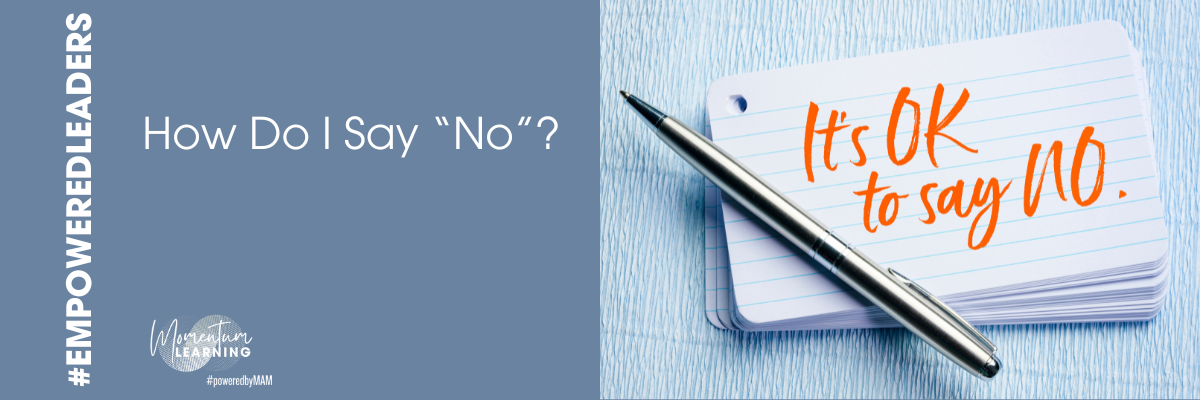How Do I Say “No”?
How Do I Say “No”?
It’s easy to believe that good leadership means saying yes.
Be helpful. Be across everything. Be available.
But all those yeses add up.
Calendars overflow.
The real work gets squeezed into the edges.
You end up busy—but not focused.
Here’s what I’ve learned:
Saying no isn’t being difficult.
It’s being deliberate.
Every yes costs something.
And sometimes, that cost is too high.
What’s helped?
A Don’t Do List.
Be just as clear about what you won’t take on as what you will.
It’s simple—but powerful.
We often wear busyness like a badge.
But busy ≠ effective.
A Don’t Do List helps protect what matters most.
Here’s how I’m learning to build mine:
🔸 Start with purpose
What’s essential in your role right now?
What actually creates value?
When you know that, distractions are easier to spot—and say no to.
🔸 Notice what drains you
What meetings, tasks, or requests don’t really need you?
Track those. That’s where your Don’t Do List begins.
🔸 Practise saying no—with kindness
Saying no doesn’t mean closing the door. It might sound like:
→ “Thanks for thinking of me—I’m at capacity.”
→ “I can’t take this on now, but keep me in the loop.”
→ “I need to focus on other priorities right now.”
The shift:
Saying no isn’t stepping back.
It’s showing up better—calm, focused, and present.
Because when we prune what’s not essential, we make space to flourish—and to support others with more energy and intention.
So this week, I’m asking myself:
What belongs on my Don’t Do List?
And what might grow if I made more room?
Maybe saying no is one of the most generous things we can do—
For others. And for ourselves.
Let’s keep practising together.
Go well this week,
MA :-)

